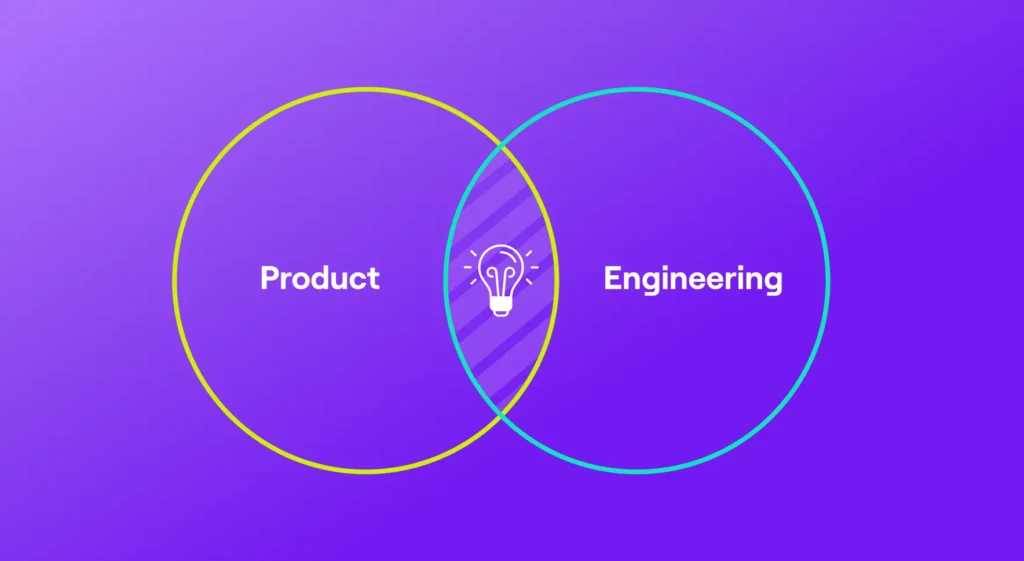In our last blog post, we discussed the Return on Investment (ROI) concept within engineering. In this post, we expand on the concept of engineering ROI and discuss how to select the right proxies for revenue within the ROI equation.
Identifying Strategic Priorities
When selecting metrics that will gauge the value of your engineering work, the most important rule of thumb is to select metrics that are meaningful to your business and easily attributable to the development team’s work. To do this, many leaders start by examining their OKRs, or other comparable objective/goal systems, and evaluate possible KPIs associated with these goals. If you don’t have OKRs, or a similar goal framework, leaders can start by listing the ways they create value for the customer, then identify what can be measured that links back to those goals.
But just because it can be measured, and it generates customer value, does not mean it is always directly linked to a business’s objectives. Customer value and business objectives are often aligned, but it’s important to identify if/where the connection is more indirect and develop your short list of proxies for revenue accordingly.
Signals from your customers
The best proxies for revenues can be thought of as signals from customers that can be measured. They are usually very specific actions taken by your customers and can map back to the strategic objectives your team wants to achieve.
For example, some teams might measure sales-related outcomes such as sign-ups, demos, upgrades, or meetings. These can work well for B2B SaaS companies. Open-source or PLG (or any business where the product is driven by the user) might wish to measure user interactions such as documentation views, downloads, and trials. In these instances, engineering teams can make decisions regarding where to strategically allocate resources based on customer interest, engagement, and trends over time.
The last examples of ROI proxies to consider are those tied to customer experiences, such as the depth or frequency of feature use, the diversity of feature utilization, and review ratings and NPS scores. Some of these examples will make more sense compared to others because each depends on what outcomes are imperative to the health of your business and customer relationship.
How many metrics are enough to measure ROI?
After working with your team and going through the aforementioned steps, you will likely have a number of proxies identified. So how much is enough?
The answer varies based on your audience, and what the strategic priority is that your engineering team should be aligned to. When the audience is your board of directors, few but easy-to-understand KPIs are often your friend. If you’re using this ROI exercise to make decisions as to where to invest your engineering team’s time and effort, a balanced set of metrics can be helpful to ensure you do not over-rotate your focus in one specific area. While there will always be exceptions to these rules, it’s most important to start experimenting with the idea of ROI within engineering. In our experience, few implement it perfectly from the start, but over time both the business and engineering team benefit from a more structured approach to their most valuable investment: engineering.






